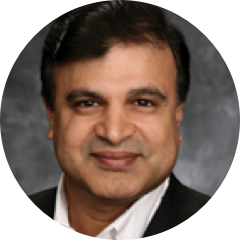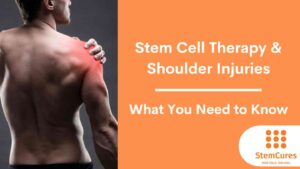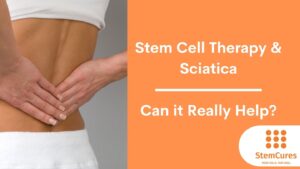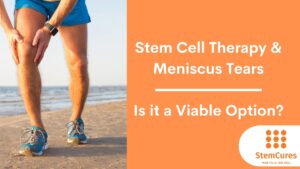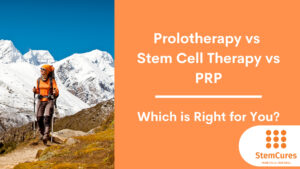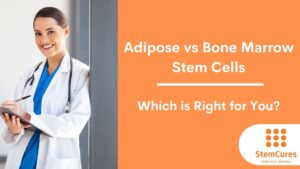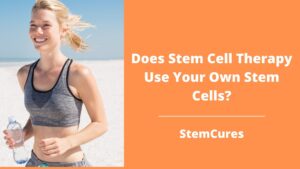How Do Stem Cells Work in Back Pain and Joint Pain? Simple Explanation of a Complex Mechanism
How do stem cells work in back pain and joint pain? You probably heard by now that stem cells work in many challenging conditions ranging from cancer to back/joint pains. Media has many stories of athletes and celebrities getting stem cell procedures. Stem cells do hold a lot of promise. In fact, Scott Gottlieb, the FDA commissioner had this say about stem cells, “These concepts are no longer the stuff of science fiction, but rather real-life science where cells and tissues can be engineered to grow healthy, functional organs to replace diseased ones”.
However, since stem cell technology is new and a rapidly developing, many do not know enough about them. If you are curious to find out how do stem cells work in back pain and joint pain, you landed on the right blog. This is a complex topic and I attempted to cover some of the important concepts.
First the basics.
What are stem cells?
These are special cells which repair and replace damaged cells in our body. If we don’t have stem cells, we would die. Every tissue has stem cells and they are primarily responsible for the health of the tissue. Two characteristics are unique to stem cells. One, they are capable of self- replication which means one stem cell can divide into 2 stem cells. Secondly, they can differentiate into different type of cell. For example, if the body needs new cartilage, the stem cell can turn in a cartilage cell.
Now the main question.
How do stem cells work in back pain and joint pain?
I will use an example of a joint to explain. This could be any joint in the body, ranging from a large joint like the hip to a small joint in the spine like the facet or disc.
Let’s assume a healthy joint is a new house [I am comparing the joint to the house to make the explanation of this topic easy to understand and hopefully you wont fall asleep]. Everything in the new house works well. With time, the house deteriorates. Similarly, with aging, injury or genetic predisposition, the joint deteriorates. Typically, the joint has bone [lets call it the wall of the house], articular cartilage which surrounds the bone [insulation], synovial membrane around the articular cartilage [paint], ligaments/tendons which connect different bones to each other [beams], synovial fluid which lubricates the joint [water in the pipes] and nerves [electric circuit]. The picture below is an example of a knee joint.
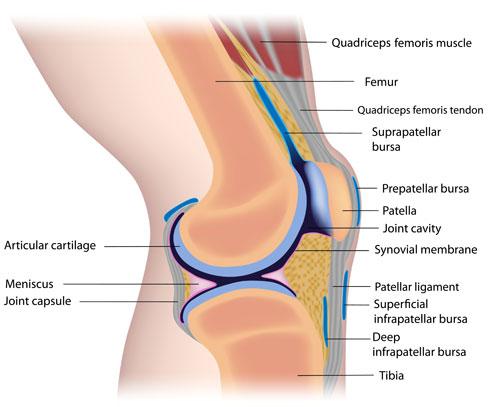
Any of the structures mentioned above can cause pain when damaged. Like I said before, every tissue in our body has stem cells. Usually, the damage to the joint does not overwhelm the local stem cells, and pain disappears as healing occurs. This healing is orchestrated by the local stem cells. Unfortunately, sometimes the damage is so severe enough that it overshadows the repairing capabilities of the local stem cells. That leads to chronic pain in the joint. The new home you once had, is now inhabitable as it exists in a hostile environment. This is how the house looks now: there is severe damage to the wall [bone] from rain and winds. Water is now leaking into the house. Beams [tendons and ligaments] are getting weaker. There is mold damage to the insulation[articular cartilage]. Termites are eating away the wood framing of the house [tendons and ligaments]. Pipes[synovial fluid] are leaking. Electricity [nerves] is going haywire.
This is why you need stem cells from an external source injected into the joint so they can heal and repair the house as local stem cells are not capable enough. This external Stem cell is acts a general contractor and repairs the damage. Its not just a regular general contractor, it has special powers, like a superhero. Let’s call the stem cell a “super contractor”.
So, what does the super contractor [stem cell] do?
1.REGENERATION.
Firstly, the super contractor [stem cell] assesses the situation of the home and self– duplicates to create many super contractors. This helps in better coordination of the job. Then, the super contractor stimulates and jump starts the “native stem cells” in the joint to get active. It’s like asking your kids to get off their electronics and start helping clean and repair the house. Studies have shown that in damaged joints, there is proliferation of native stem cells. The multiple super contractors, along with activated kids, now start working to repair the damage themselves. Fortunately, they have an abundance of tools and materials to accomplish the job.
Some of the stem cells also become new bone and cartilage cells. This is an important characteristic of stem cell and is called “differentiation“.
Apart from becoming new cells, they resurrect dying bone and cartilage cells. They accomplish this by 4 mechanisms. Firstly, they create nanotubes. These are 50–200 nm diameter filaments that stretch between cells. Through these tiny tubes, stem cells transfer their mitochondria and stimulating proteins. Stem cells can rescue cells with nonfunctional mitochondria by the transfer of either mitochondria or mitochondrial DNA. This rejuvenates sick cells. Lysosomes [garbage trucks which clean up cellular debris] are also transferred through nanotubes to the recipient cells. Secondly, stem cells have exosomes which are 30–100-nm plasma membrane-coated vesicles. The most important content in exosomes are RNA and miRNA. The vesicles also contain important growth proteins and cytokines. Exosomes move from the their intracellular location to the periphery and fuse with the plasma membrane and release their contents into the native cells. This released RNA when picked up by cells, enhances the cell survival by altering the genetic code. Thirdly, they also secrete extra-cellular matrix which enhances cell survival. All these actions result in cell rejuvenation. Lastly, stem cells also rescue dying cells by a process known as “Cell Fusion“. They fuse with the dying cell and energize and revitalize the dying cell. These 4 mechanisms described above result in “apoptosis reversal” which simply means reversal of cell death.
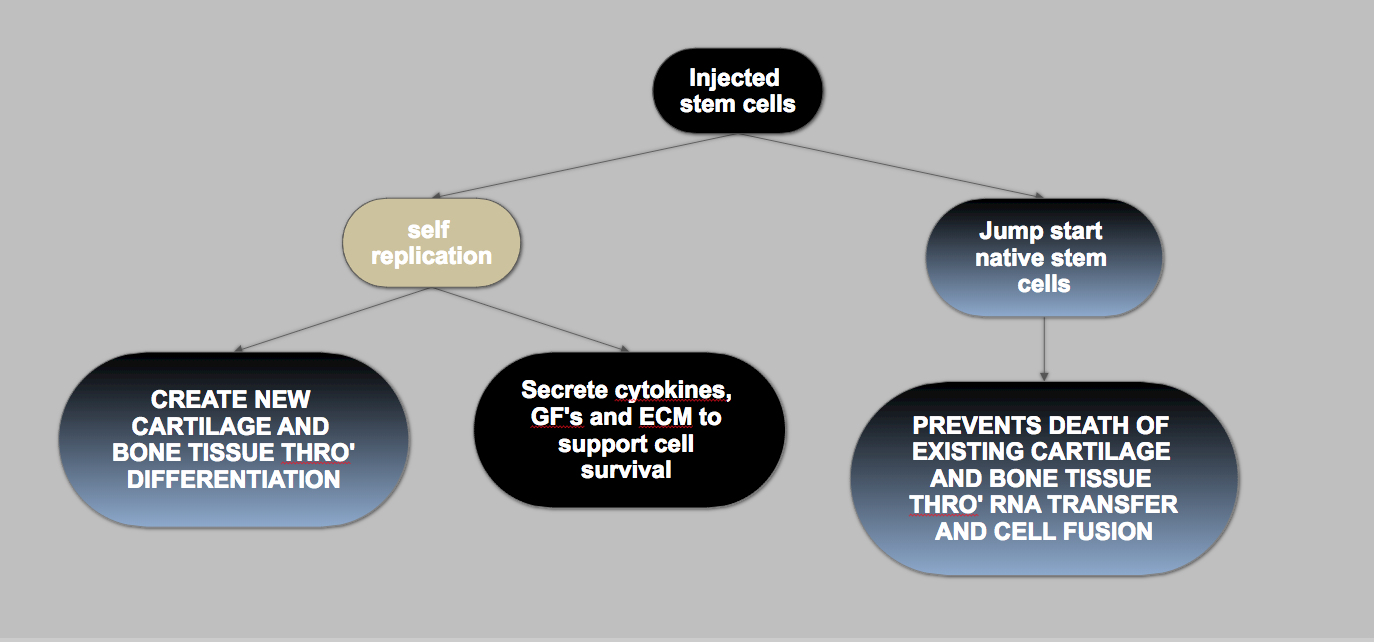
2. ANTI-INFLAMMATORY ROLE
Next, the super contractor [stem cell] creates subcontractors. These are special proteins called growth factors, chemokines and cytokines. For science geeks, they are specifically called VEGF vascular endothelial growth factor, PDGF platelet-derived growth factor, ANG1 angiopoietin-1, IL-11 interleukin-11, PGE2 prostaglandin E2, TSG-6 TNF-stimulated gene-6, SDF-1 stromal-derived factor-1, HGF hepatocyte growth factor, IGF-1 insulin-like growth factor-1. These are special proteins and act like plumbers, electricians, roofers, dry wall handlers etc. You get the point. Not only the does the super contractor bring the sub contractors, he also provides all the supplies and material needed to finish the job.
This function of the stem cell is called “Paracrine” activity, and this is possibly the most important function of the stem cell. One of the most significant aspect of these secreted proteins is reduction of inflammation. This is the main mechanism by which stem cells provide pain relief. These chemicals are significantly more potent than any anti-inflammatory drug that is known to mankind. Arnold Caplan, one of the leading stem cell scientist is so enamored by the paracrine activity of stem cells, that he actually calls the stem cells, “Medicinal Signaling Cells”.He also nicknamed stem cells as “injury drug stores”. This is like placing a Walgreens or CVS pharmacy permanently in your joint.
This paracrine activity is coordinated by Exosomes, which exist within the stem cells. These are small packets which contain important growth factors and proteins [as described above] that are responsible for controlling inflammation and also aid in repairing injured joint. These important packets fuse with the plasma membrane [cell lining] and release the important chemicals into the extracellular space. Stem cells are very prolific in creating these powerful packets.
There are some bad chemicals secreted by damaged cells in the joints. Some of the most influential ones are Interleukin-1 [termites], metalloproteinases [wind damage] and Tumor necrosing Factor alfa[water damage]. Stem cells neutralize these joint degrading proteins. One the most relavent protein is IRAP. This binds with the destructive Interleukin 1 and antagonises it.
By secreting growth factors, cytokines, and extracellular matrix, stem cells are able to rescue injured cells, reduce tissue damage, accelerate repair and cell proliferation.
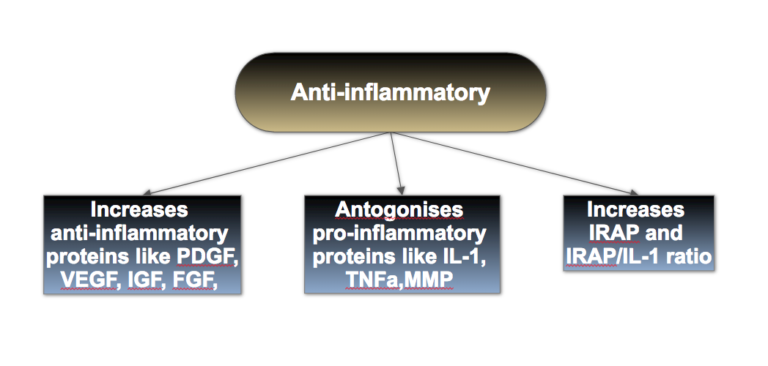
3. IMMUNOMODULATION
When the joint is undergoing degeneration, the body’s immune mechanism is constantly attacking it. This unfortunate response is mediated by T cells. They are lymphocytes [a subset of white blood cells]. These are like the hurricanes which damage the house. Stem cells secrete important proteins like TGFbeta, HGF, Prostaglandin E2 [described above] etc to minimize the effects of T cells. Stem cells increase the production of Interleukin 10, a potent anti-inflammatory protein, while dramatically decreasing the levels of a very pro-inflammatory Interleukin 12 and TNFa. This, in turn, initiates a shift in the ratio of T helper (Th) cells from a pro-inflammatory Th1 subtype to an anti-inflammatory Th2 subtype resulting in a very favorable anti-inflammatory environment.
Another major issue with joint degeneration is fibrosis [or scarring]. This is a result of excessive activity by myofibroblasts which secrete a ton of collagen type I into the extracellular matrix. Stem cells through TGFb, play an important role in inhibiting the myofibroblasts resulting in decreased scarring and fibrosis.
Interleukin 1 is an important pro-inflammatory and destructive protein [This is like wind damage during hurricane]. It combines with Interleukin 1 receptor and stimulates macrophages and monocytes which in turn activate osteoclasts resulting in joint destruction. Stem cells secrete IRAP [Interleukin 1 receptor antogonist] which blocks the Interleukin 1 binding to its receptor, thereby creating the anti-inflammatory/immunomodulatory effect. Bone marrow plasma has 22 times the IRAP compared to blood plasma. The other significant destructive proteins are TNF alpha, and metallo-proteinases, also called MMP’s, [these cause water damage]. Bone marrow plasma also has A2M[ Alpha 2 Macroglobulin]. This is a protein secreted by the liver and it neutralizes the destructive MMP’s and TNFa.
Stem cells, by secreting prostaglandin E2, also decrease the ability of macrophages to secrete potent pro-inflammatory proteins like Interleukin-1, Interleukin 6 and TNFa. Conversely, PGE2 produced by stem cells also increased pro-inflammatory chemicals like IL-10.
The aforementioned modulation by stem cells aids in essentially remodeling the house to make it hurricane resistant.

Now that you know how stem cells work in back pain and joint pain at a cellular level, lets apply that knowledge clinically.
Stem cells as described above are known to cause regeneration, significantly reducing inflammation and preventing the body from attacking the joint. Initially, it was thought that regeneration is the most important mechanism by which stem cells work. However, clinical studies are not reflecting that. A good example is an elegant study by Pettine et al. They injected bone marrow stem cells into discs of patients suffering from back pain. These patients were followed for one year. Although almost all patients reported pain relief, only 8/20 patients had regenerative changes seen on the follow-up MRI, 1 year later. And they were modest at best. Most of the pain relief seems to be coming from the anti-inflammatory and immunomodulatory functions of the stem cells. Clinical trials in the spine and knee are showing promising results in terms of pain relief. Fortunately, that is what patients and doctors looking for. Now you know how do stem cells work in back pain and joint pain. If you are suffering from back pain or joint pain, it’s time to get your house in order!!!
House keeping notes: Bone marrow stem cells seem to be the most compliant per FDA guidelines. Make sure you receive treatment only from legitimate clinics to the appropriate care and avoid being overcharged. Do your homework before signing up for these procedures. Get your house in order!!


